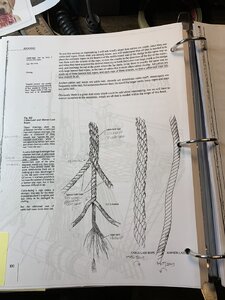EXCELLENT video...... And some of the related ones as well.Here is an excellent demonstration of rope making on YouTube
youtube making hemp rope - Search Videos
Watch videos instantly on Bing—enjoy direct playback, discover related clips, and dive into trending content all in one place.www.bing.com
Thank you.!





